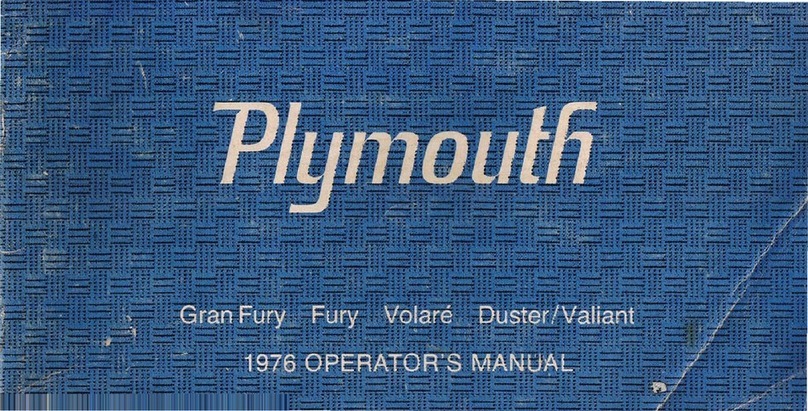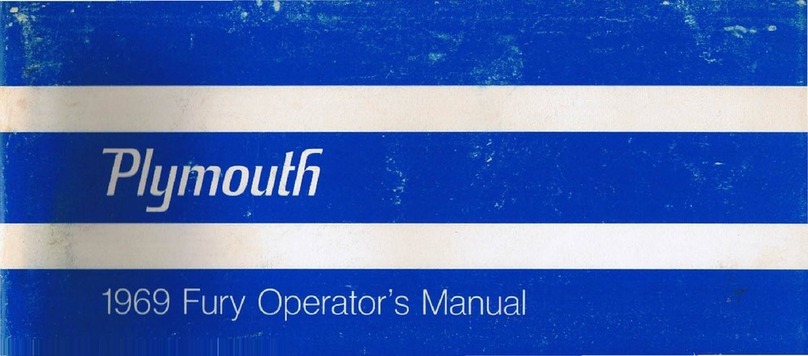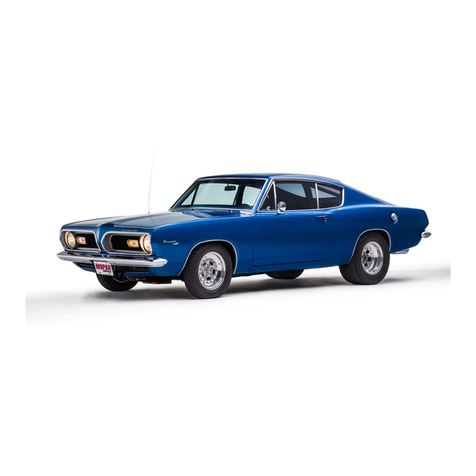Introduction
Thank
yo
u f
or
choosing
to
drive
a Chrysler
Corporation
veh
icle, a
product
in
w
hi
c.'l
design
a
nd
cons
tru
ction
have
received the care
that
quality
demand
s.
Perhaps
you h
ave
prev
iously
driven
a
Chrysler
Corporation
product
,
or
maybe
this
is y
our
first.
In
e
ith
er
instance-
for yo
ur
own
benefit-
please read these
ope
rat-
ing
in
str
uctions. Even
though
you
ma
y h
ave
been
driving
for
years,
so
me features
of
thi
s car will
be
n
ew
to
you
,
and
in
th
e
page
s
that
follow
you
will
find
information
that
is
he
lpful.
This
in
cludes
a list of
scheduled
ma
int
enance services.
To
enjoy
your
ve
hicle
to
it
s fullest, a
nd
to
op
timi
ze
its
va
lue,
fo
ll
ow
the
mainte-
nanc
es
chedule
faithfu
ll
y to keep your carfit for top performance.
Your
d
ea
lers
hip
's
pr
ofessional mechanics
can
prov
id
e
the
se ser-
vices for you - you can
tru
st
them
-th
ey're
factory
tr
a
ined
a
nd
use
MOPAR
parts
...
the parts des
igned
for a
ll
C
hr
yslerCorpora-
tion
built
vehicles. We wish
yo
u safe
and
pleasa
nt
driving.
Chrysler-Plymouth Division
Chrysler Corporation
Chrysler
Corporation re
se
rv
es
the
right
to
mak
e
chan
ges
in
de-
sign
and
specifications, and/or to
mak
e a
dditions
to
or
imp
rove-
ment
s
in
its
pr
o
duct
s w
ith
out
imposing
any
ob
liga
tion
s
up
on
it
se
lf
to install
them
on
products
previously m
anu
factured.
Important for Vehicles Sold
in
Canada
With
respect
to
any vehicles
so
ld
in
Canada,
the
n
ame
Chrys
ler
Corpora
tion sha
ll
be
deemed
to
be
delet
ed
and
the
nam
e Chrysler
Cana
da
Ltd. used
in
substit
uti
on
therefore.
Plymoulfi





































